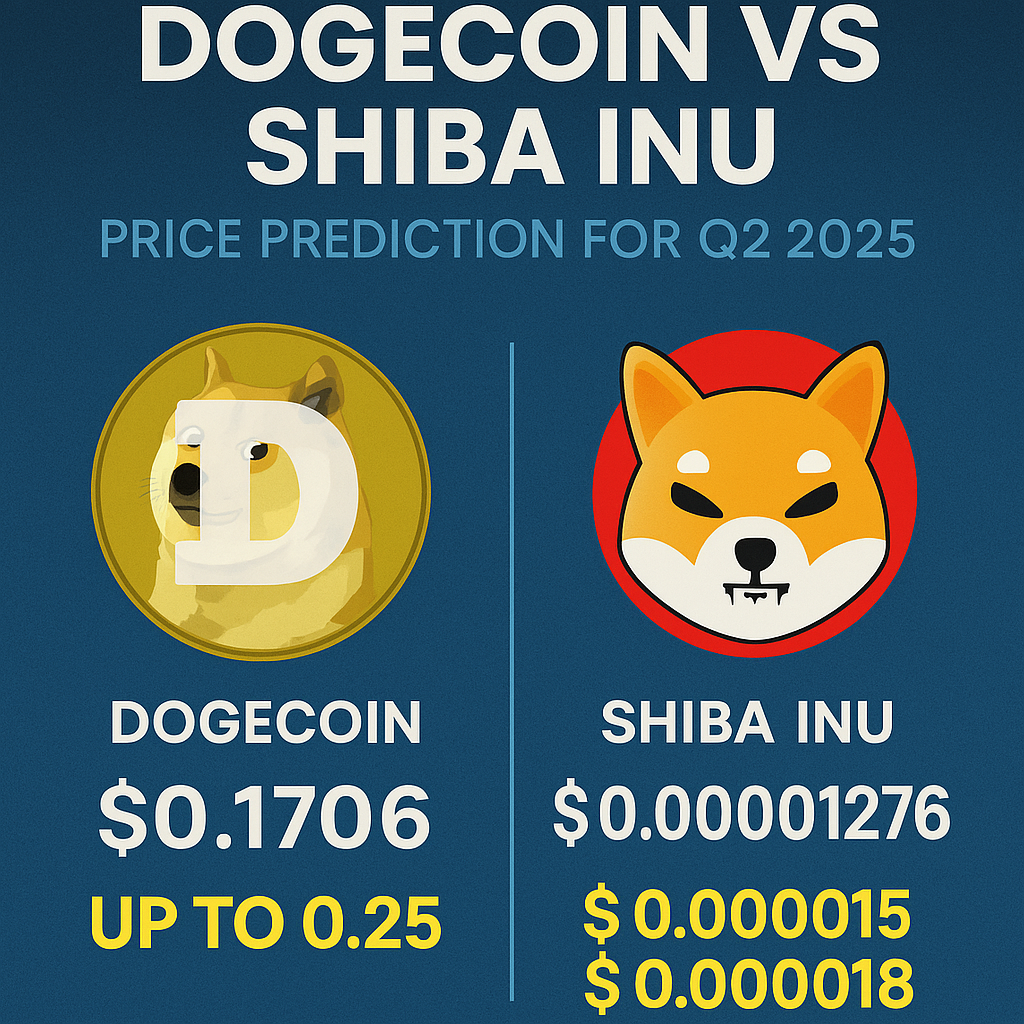India may soon find itself in a tight spot as US President Donald Trump threatens fresh tariffs on nations purchasing Russian oil. Trump’s statements on Sunday revealed his frustration over stalled peace talks with Russian President Vladimir Putin, prompting him to consider additional tariffs on countries like India. If enforced, these tariffs could range from 25% to 50% and may disrupt the flow of discounted Russian oil into India, triggering a sharp rise in global oil prices.
India Faces Possible Tariff Blowback
Trump has made it clear: all countries buying Russian oil, including India, could face new tariffs if he believes Moscow continues to hinder efforts to resolve the Ukraine conflict. This stance could place India, currently one of the top buyers of Russian crude, in the direct line of economic fire. Over the first three weeks of March, India imported an average of 1.85 million barrels per day (bpd) from Russia—an increase from February’s 1.47 million bpd and January’s 1.64 million bpd.
According to the Ministry of Commerce and Industry, Russia was India’s largest source of oil imports between April and December 2024. Indian refiners have relied on these imports not only for stable supply but also for the significant discounts offered by Russian sellers. That financial cushion may now disappear.
Trump’s Hardline Approach Sends Oil Market Into Uncertainty
The US President, speaking aboard Air Force One, emphasized that “all countries” would face reciprocal tariffs starting April 2. Trump’s latest push for a global trade overhaul includes imposing sweeping tariffs on countries contributing to the US trade deficit. While Trump kept the door open for future negotiations, he confirmed that no country—including India—would receive early exemptions.
This hardline stance adds another layer of pressure on India, which just concluded a four-day round of trade talks with the US. Both countries failed to finalize the terms of reference for a bilateral trade agreement, leaving Indian officials uncertain about the road ahead.
Indian Refiners Wait for Clarity
Refiners in India now face a fog of uncertainty. “We need more clarity on what exactly the US will do,” said one source within the refining sector. “Will it be limited to tariffs, or will it include secondary sanctions? That’s a critical question.”
Secondary sanctions would escalate the risk dramatically. Such measures could penalize Indian entities for continuing business with Russia, effectively forcing refiners to halt Russian crude purchases altogether. Although no official sanction exists against Russian crude, the threat of financial penalties can act as a strong deterrent.
The Cost of Losing Russian Crude
The implications for oil prices could be severe. Russian oil fills more than 30% of India’s import basket. If Indian refiners exit the Russian market under pressure from Washington, global demand will shift to fewer suppliers. This sudden surge in demand for oil from countries like Iraq, Saudi Arabia, and the UAE could push global prices upward.
India, while capable of switching suppliers in the short term, will face higher oil bills. Those higher prices will ripple across its economy. Oil tops India’s merchandise imports, and expensive crude affects fuel prices, logistics, transportation, and inflation. The cost of switching from Russian barrels to alternatives won’t stop at the refinery level—it will impact consumers and businesses alike.
Global Oil Prices Already on Edge
So far, despite Trump’s threats, global oil prices haven’t reacted violently. Analysts believe markets are taking a “wait and see” approach. Trump’s history of issuing aggressive trade warnings without immediate follow-through has conditioned traders to expect volatility without immediate consequences.
But the current situation feels different. Trump appears genuinely frustrated with Putin. His warning targets not just Russia but also its trading partners. If he moves forward with tariffs or sanctions, the oil market will not stay calm for long. Prices could spike within days.
India’s Options Narrowing
If Trump follows through, India’s options narrow considerably. Refiners will likely pivot to West Asian suppliers like Iraq, Saudi Arabia, and the UAE. These countries have historically filled India’s energy needs and can increase supply. However, the loss of discounted Russian oil will mean higher costs and increased import bills.
For now, Indian refiners have maintained that they will not engage in any crude trade that violates sanctions. India has followed this line with Iran and Venezuela in the past. The current threat, though not yet formalized, carries enough weight to cause hesitation.
Trade Deal Uncertainty Adds Fuel to the Fire
Adding to the complexity is the uncertainty surrounding the US-India trade talks. Despite holding high-level discussions last week, negotiators didn’t finalize even the basic framework for a trade deal. The delay signals misalignment on key issues.
Trump’s administration appears unwilling to delay the implementation of reciprocal tariffs. His remarks on Sunday underscore that India will not receive any special treatment. White House economic adviser Kevin Hassett confirmed that tariffs will target 10 to 15 countries, but no country will be fully exempt.
This means India faces a two-pronged challenge: losing access to discounted Russian oil while preparing for a wave of US tariffs on its exports.
A High-Stakes Balancing Act
India now finds itself balancing strategic autonomy with economic pressure. On one hand, the country must manage its energy security. On the other, it cannot afford to jeopardize its trade relationship with the US, especially when the Biden-era goodwill seems to be giving way to Trump-era protectionism.
While energy supplies over the medium term should stabilize, the short-term impact could be painful. Oil prices may rise globally. India may lose its biggest oil supplier. And consumers may feel the pinch at the pump.
Conclusion: Energy Security in a Volatile World
India’s Russian oil imports have cushioned the economy against high global crude prices for over two years. But this cushion now sits on a political fault line. Trump’s threat to impose additional tariffs—and possibly secondary sanctions—puts India in a difficult position. If these measures take effect, India will have to make hard choices: absorb higher oil prices or risk antagonizing Washington.
Either way, the global oil market stands at a potential inflection point. As geopolitical tensions reshape the energy landscape, the era of cheap, reliable crude may be slipping away. For India, the time to prepare for an oil market without Russian barrels may have already begun.




